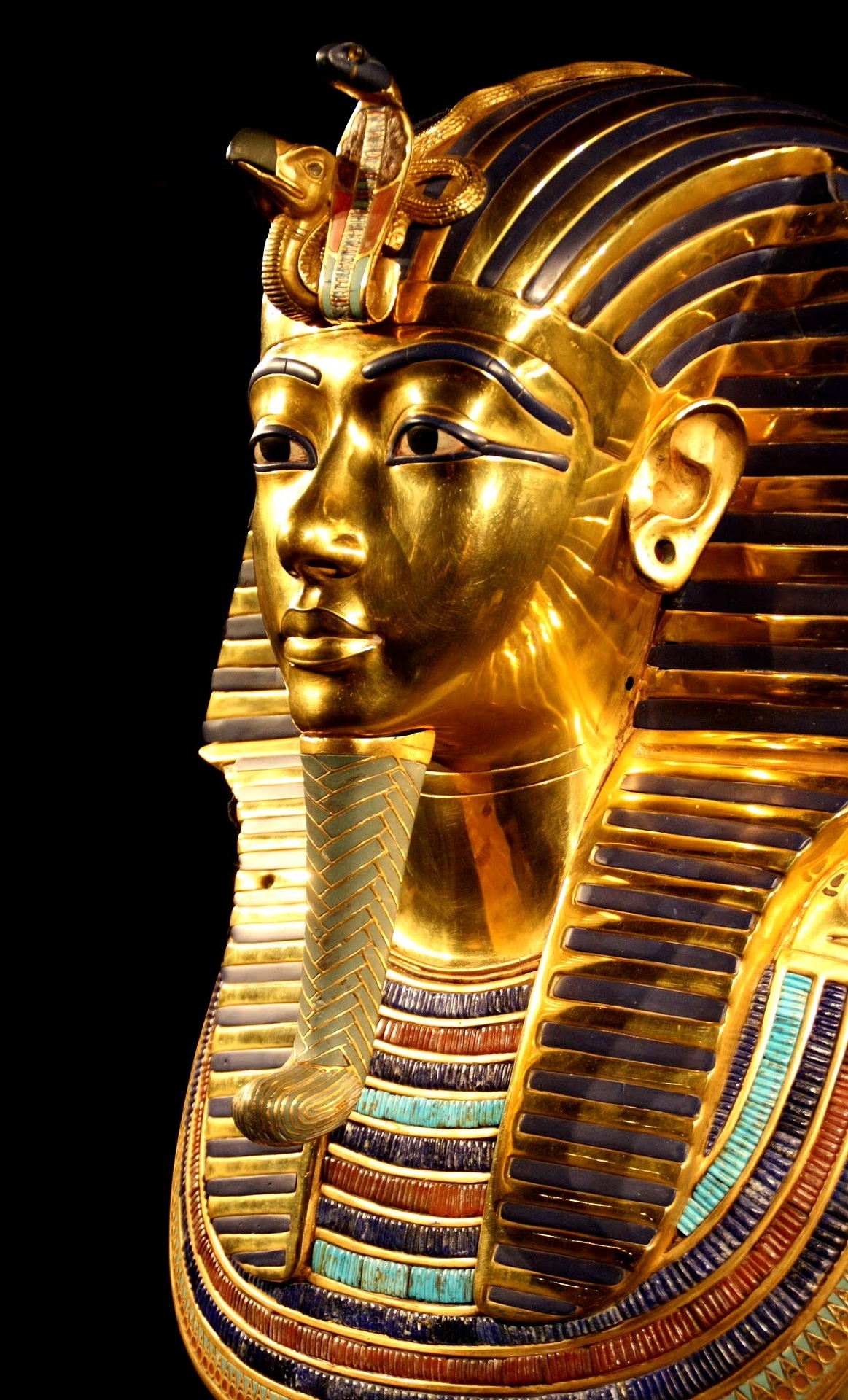Introduction
The allure of ancient tombs has captivated archaeologists, historians, and adventurers for centuries. These silent structures hold the secrets of mighty pharaohs and revered kings, offering a glimpse into the lives and legacies of civilizations long gone. In this article, we will delve into the enigmatic world of ancient tombs, unearthing the captivating stories hidden within their walls. From the mysterious pyramids of Egypt to the opulent burial chambers of ancient China, we will explore the secrets these tombs hold and how they continue to intrigue and fascinate us today.
- Unveiling the Pyramids of Egypt
The Great Pyramids of Egypt stand as a testament to the grandeur and engineering prowess of the ancient Egyptians. Constructed as burial sites for pharaohs, these colossal structures continue to amaze and baffle experts. We will explore the significance of these pyramids, the intricate designs and construction methods employed, and the remarkable stories surrounding their creation. From the iconic Pyramids of Giza to the lesser-known but equally intriguing pyramids in Dahshur and Saqqara, we will unravel the hidden mysteries concealed within these ancient marvels.
- The Treasures of Tutankhamun’s Tomb
One of the most famous tombs ever discovered is that of the young pharaoh Tutankhamun. Found by British archaeologist Howard Carter in 1922, this extraordinary tomb held an unparalleled collection of treasures, providing an invaluable glimpse into the life of an Egyptian pharaoh. We will recount the thrilling tale of the discovery of Tutankhamun’s tomb, highlighting the treasures unearthed, such as the iconic golden mask, dazzling jewelry, and intricately carved furniture. Furthermore, we will discuss the enduring legacy of Tutankhamun’s tomb and its impact on our understanding of ancient Egyptian civilization.
- The Mysteries of China’s Terracotta Army
Venturing beyond the borders of Egypt, we journey to China to uncover the secrets of the Terracotta Army. Discovered in 1974 by local farmers, this vast underground army was created to accompany China’s first emperor, Qin Shi Huang, in the afterlife. We will delve into the history behind this awe-inspiring burial complex, the staggering number of intricately sculpted terracotta soldiers, horses, and chariots, and the ongoing excavation efforts that continue to shed light on this remarkable site. Additionally, we will discuss the significance of the Terracotta Army in Chinese history and its UNESCO World Heritage status.
- The Ancient Mayan Temples and Burial Sites
In the dense jungles of Central America, the ancient Mayans left behind a legacy of impressive temples and burial sites. From the majestic pyramid of El Castillo in Chichen Itza to the mysterious tombs of Palenque, we will explore the architectural brilliance and cultural significance of these ancient structures. By examining the rituals, beliefs, and cosmology of the Mayan civilization, we aim to understand the connection between their temples and the afterlife. Furthermore, we will discuss the ongoing efforts to decode the hieroglyphs and uncover the stories engraved within these sacred sites.
Conclusion
Ancient tombs have always held a profound fascination for humanity. These silent witnesses to history provide us with valuable insights into the beliefs, customs, and achievements of our ancestors. From the pyramids of Egypt to the Terracotta Army of China and the Mayan temples of Central America,

